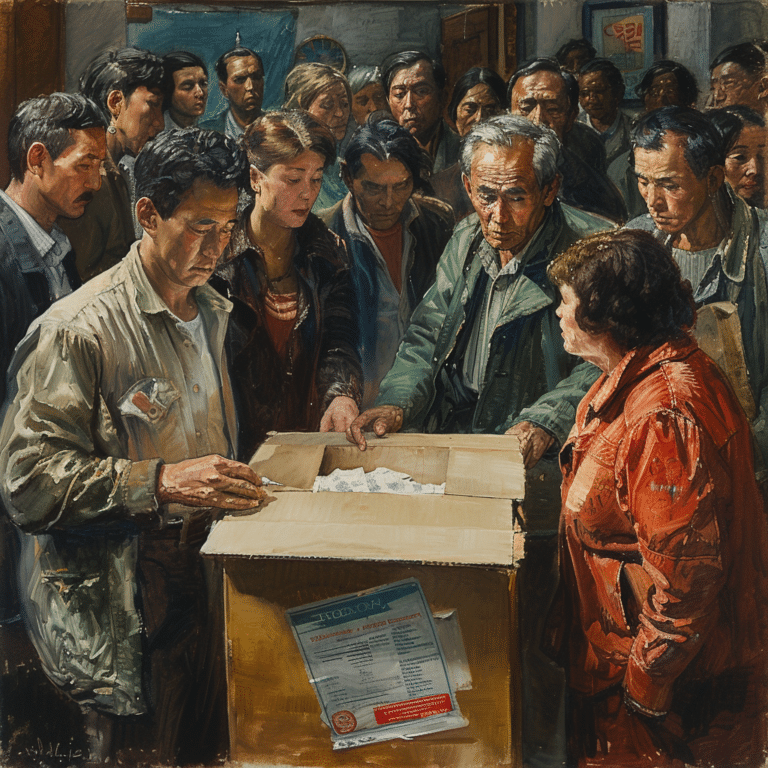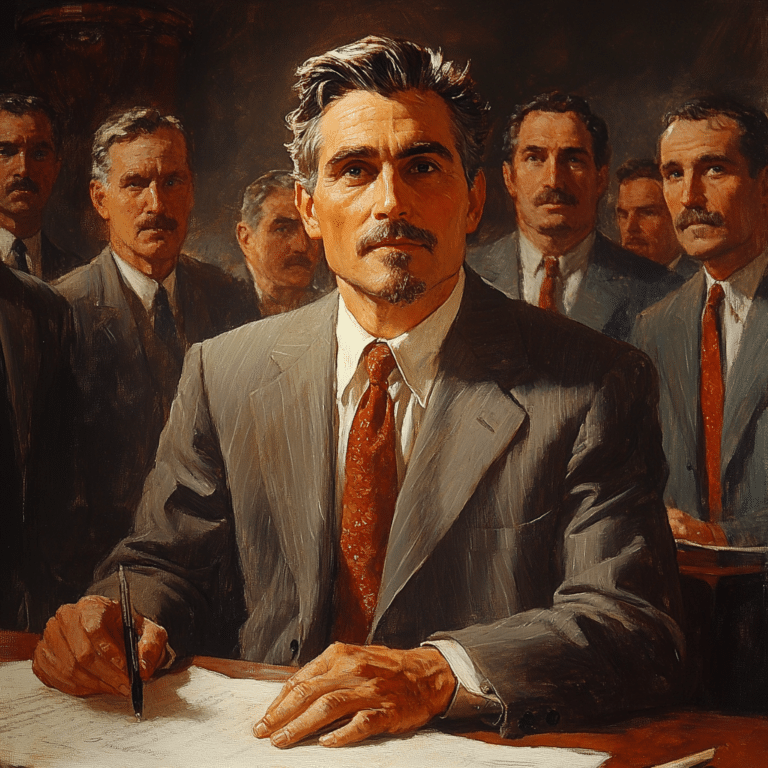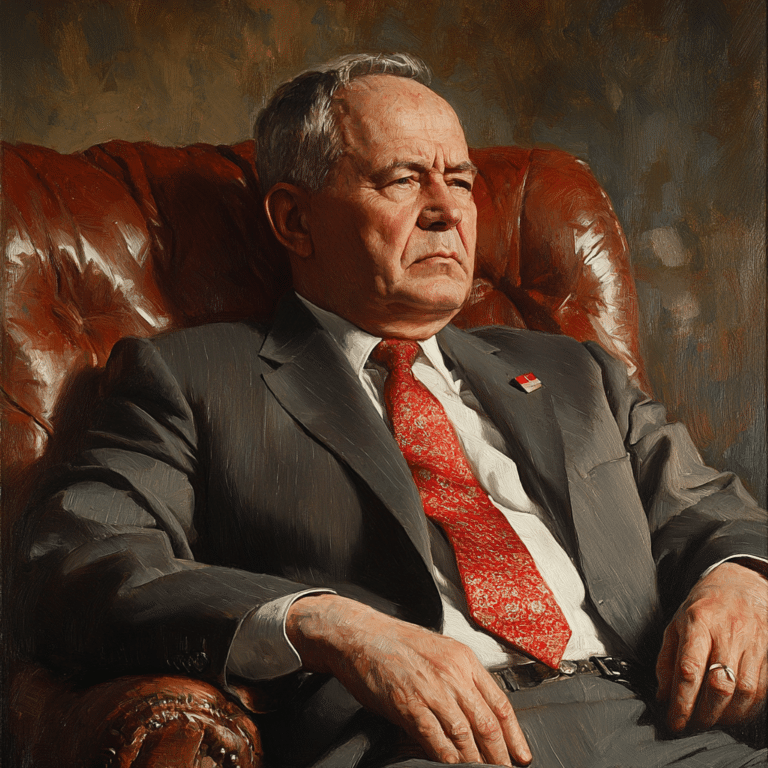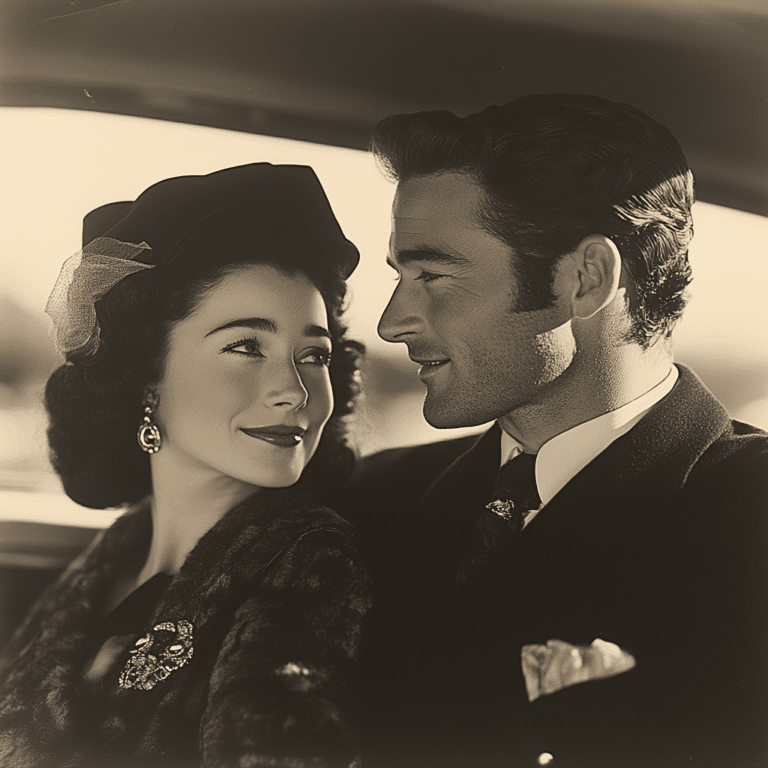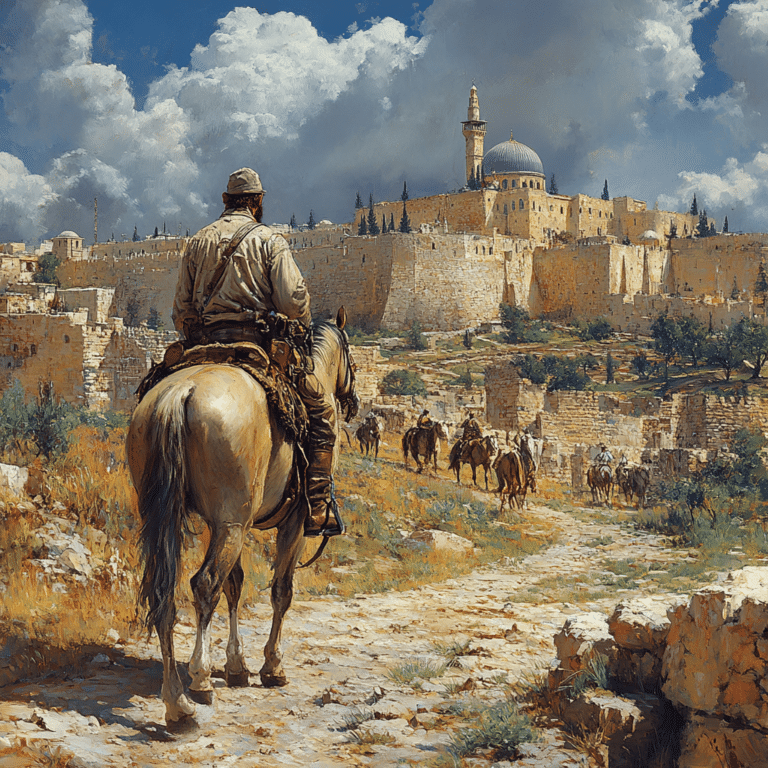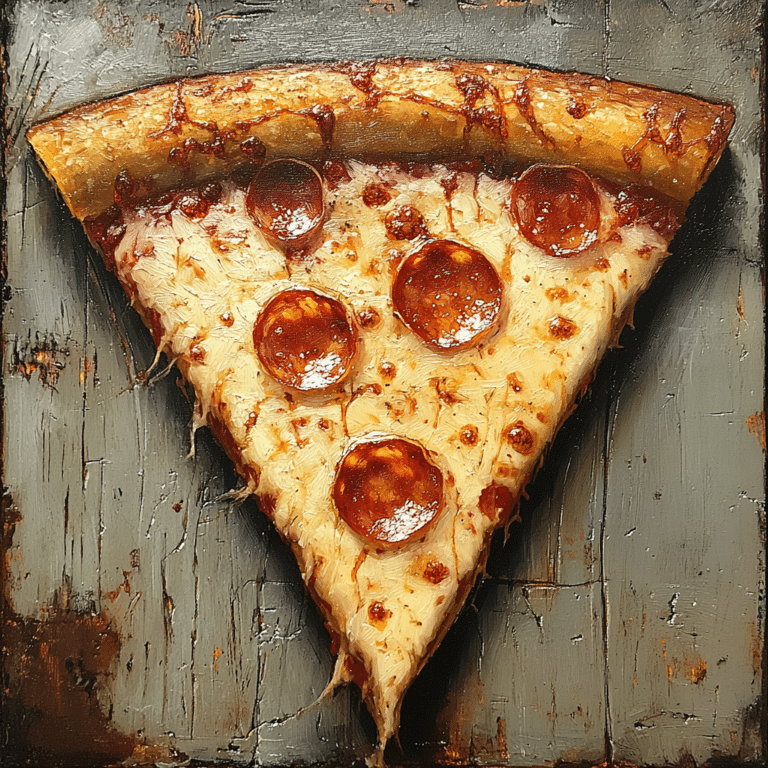From the polished floors of Capitol Hill to the bustling sidewalks of Baltimore, the art of politics swirls around a central axis: prospective voting. Little could our forebears have envisioned the intricate tapestry of data, demography, and digitization that today interweaves the fate of prospective voting – a subject of paramount importance for anyone with a vested interest in the scaffolding of our democracy.
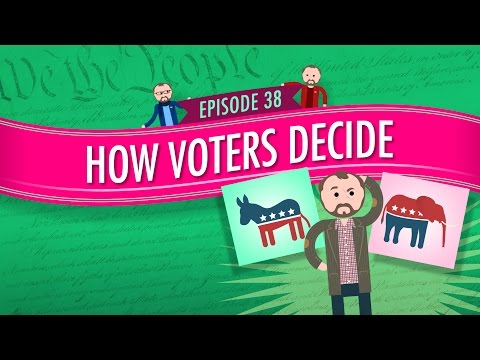
Understanding Prospective Voting: A Primer
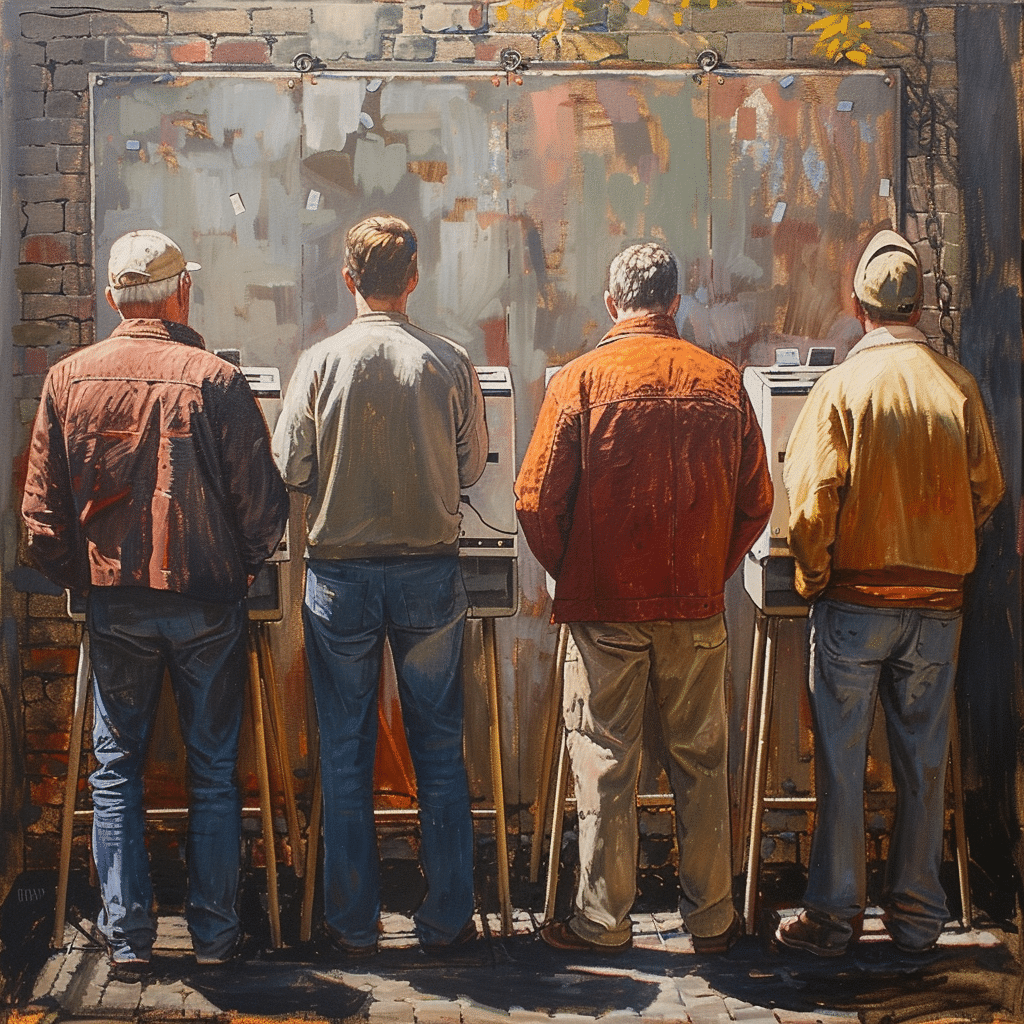
Trend 1: The Rise of Data-Driven Campaigns
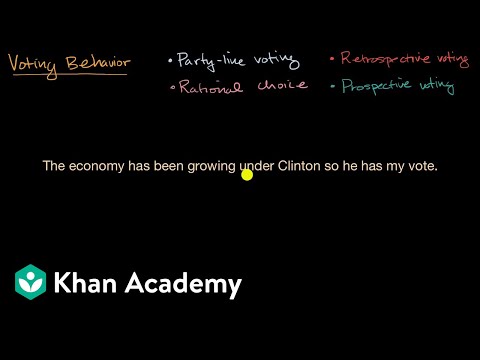
| Aspect | Description | Relevance to Prospective Voting |
|---|---|---|
| Definition | Prospective voting refers to a voting behavior where citizens cast their votes based on future policy outcomes. | Prospective voters are forward-looking, basing their choices on predictions about how candidates will perform. |
| Key Focus | Policy proposals, campaign promises, and expected future performance of candidates/parties. | Voters evaluate what candidates propose for the future and how effectively they might implement their agendas. |
| Influence of Party-Line Voting | Voters who align strictly with a party’s platform may vote prospectively based on the party’s future policy agenda. | Prospective voting can be influenced by party-line voting when the party’s future policies are clear and cohesive. |
| Single-Issue Parties | Some voters may cast prospective votes based on a candidate’s or party’s stance on a single, critical issue. | These voters are primarily concerned with the future handling of this issue and may overlook a broader policy agenda. |
| Position vs. Valence Issues | Prospective voting is likely to be influenced by position issues, where specific future policies are debated. | Voters’ preferences on position issues can determine their prospective choices, especially if consensus is lacking. |
| Government Performance Perceptions | Expectations for future government performance can guide prospective voting decisions. | Voters may consider whether they believe a party or candidate can improve government operations and policy outcomes. |
| Candidate Characteristics | Personal traits, credibility, and leadership qualities may predict future behavior in office. | Beyond policy, personal evaluation of how a candidate will handle future challenges influences prospective voting. |
| Factors Influencing Prospective Voting | – Policy beliefs | Prospective voters consider which candidate will enact policies that align with their beliefs and future interests. |
| – Government performance perceptions | Expectations about the efficiency and effectiveness of future government performance can sway voter decisions. | |
| – Candidate characteristics | The perceived potential of a candidate to effectively handle future policy and governance guides voting choices. |
Trend 2: The Youth Quake – Millennial and Gen Z Voting Power

Trend 3: Issue-Based Realignment
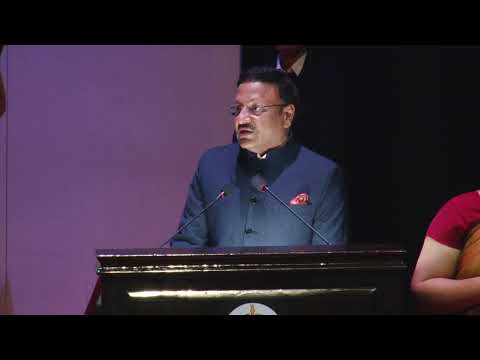
Trend 4: The Technology Gap – Digital Literacy’s Role in Prospective Voting
Trend 5: Voter Volatility and the Decline of Party Loyalty
Prospective Voting: The Ballet of Demographics and Issues
Technology’s Double-Edged Sword in Prospective Voting
Conclusion: The Shifting Sands of the Electoral Landscape
Reflecting on the unsettling yet electrifying trends at play, one thing stands crystalline: the map of prospective voting is in flux, its contours redrawn with each election cycle.
As strategists and campaigners gaze into the horizon, they are confronted with a landscape that careens toward uncharted territories—where data is king, youth ascend the throne of influence, single-issue parties beckon from the fringes, technology wields its dual swords, and loyalty to party lines fades into the twilight of yesteryears.
So, where does that leave the individual voter, that single drop in the stormy sea of democracy? Empowered, yet encumbered; freer perhaps in choice but ensnared by the very tools that provide that freedom. In this brave new world, the onus falls on the individual to navigate the labyrinth of prospective voting—a labyrinth lined with the silk of knowledge, but riddled with the unforgiving quicksand of manipulation.
In the hands of each prospective voter lies the power to sculpt the future; a power that demands diligence, insight, and an unwavering commitment to the sanctity of the ballot. The journey ahead is as exciting as it is daunting, and the Baltimore Examiner will remain your steadfast escort through this ever-evolving electoral odyssey.
An Unfolding Saga of Prospective Voting
Prospective voting: that crystal-ball-gazing way of deciding who gets your vote based on what you think they’ll do for the future of your community, your wallet, and your peace of mind. You might be envisioning candidates promising you the sun, the moon, and a chicken in every pot, but let’s march to the beat of some jaw-dropping, yet little-known factoids, shall we?
Picture This: Voting for Domestic Bliss
You know when folks get all misty-eyed at the thought of domestic tranquility? Turns out, the prospect of a peaceful and orderly society isn’t just something you whisper for good luck before downing your morning coffee. It’s what drives legions of voters to the polls, hoping their picks will ensure a smooth-sailing nation. Yep, they take that line right out of a civics class dream and push it into the ballot box, hoping to insure domestic tranquility in their own backyards.
Snack on This: Groceries and Governance
Think you can’t connect the dots between the price of broccoli at Graul ‘s Market and the intricate dance of democracy? Think again! In-the-know shoppers turn their grocery lists into voting cheat sheets. They’re ticking off more than just their pantry essentials; they’re tallying up the political points on food policy, economy, and sustainable living. This is prospective voting with a side of savvy consumerism.
A Nair Idea of Voting on Image
Remember the good ol’ days when election campaigns were all pomp and less pomade? In today’s hyper-visual world, candidates’ images are dissected like a frog in biology class. Oh yes, that haircut, the width of the smile, even the firmness of the handshake (pity the limp fish grip)—voters are watching. Some folks even admit that a slick ad (perhaps one like this captivating Nair video)( can nudge their voting compass more than they’d like to admit.
Diplomatic Ink: World Leaders as Trendsetters
Ever noticed how international flavors spill over into our election-season gumbo? We’ve seen it before; heck, even Menachem Begin, erstwhile Prime Minister of Israel, left his mark on American voters’ perceptions of leadership and diplomacy. Voters are not just casting ballots; they’re penning aspirations of what they reckon worldwide gravitas should look like—talk about lookin’ beyond your backyard!
Walk This Way: Comfortable Choices
And in the end, who doesn’t vote for what feels right? Say you’re struggling with a case of plantar fasciitis, and along comes a candidate promising healthcare reform with wider coverage for treatments and plantar Fasciitis Inserts. You’d be torn between crying tears of joy and sprinting to the polling station! That’s prospective voting in a ‘feels-like-walking-on-clouds’ kind of way.
Alright folks, I hope I’ve tickled your fancy and buckled you in for the rollercoaster of trends sweeping through our future elections. Whether it’s peace at home or the cut of a candidate’s jib, there’s no doubt that the winds of prospective voting are a-blowin’, sayin’ – Hey! Look ahead, because your vote, your future, is at the end of that pen.
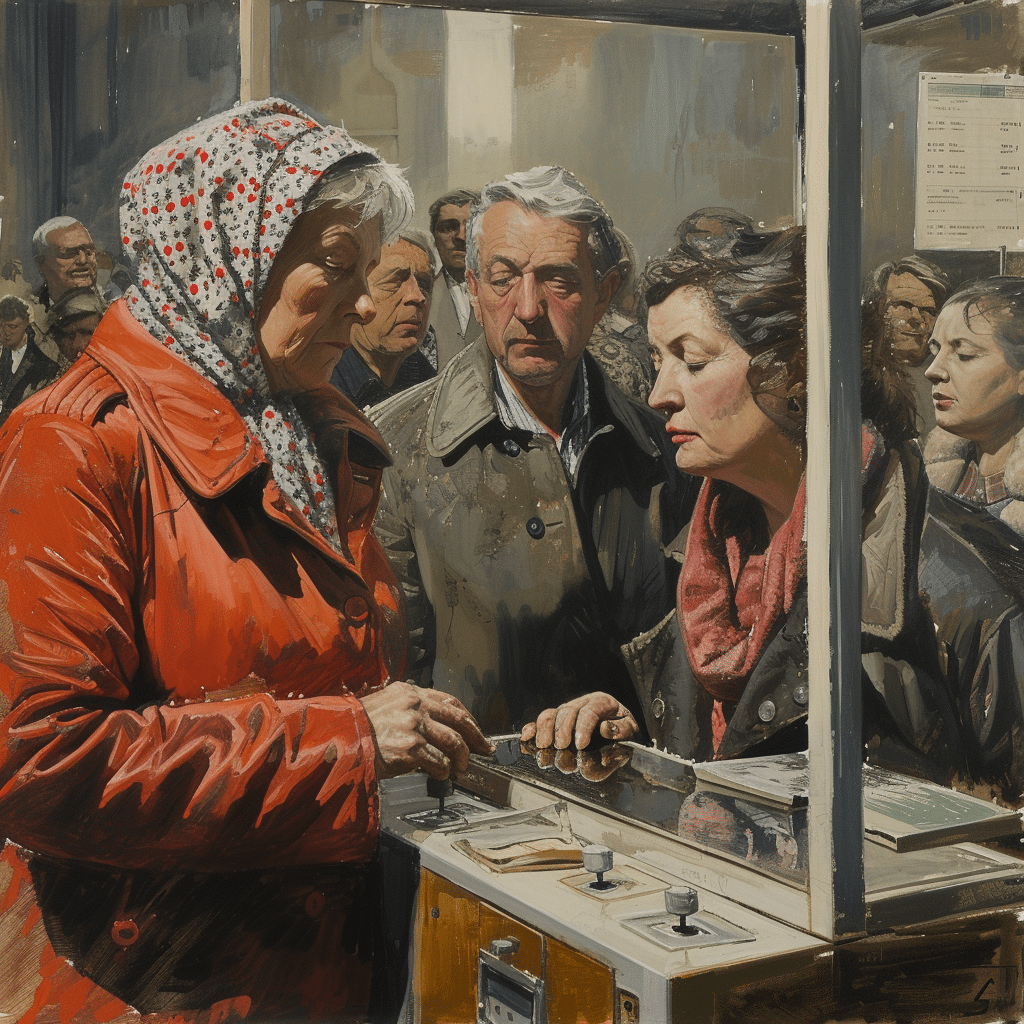
How does party line voting work?
Sure thing, here we go!
What is an example of a single issue party?
– Well, party line voting is pretty straightforward: it’s when members of a political party stick together and vote the same way, like birds of a feather. It’s mostly us versus them, where the ‘us’ is one party voting in unison, and the ‘them’ is usually any other party voting the opposite.
What is a position issue?
– Imagine a party that’s all about one thing and one thing only, like a dog with a bone. That’s your single-issue party. Take the Green Party for example, they’re often centered around environmental issues with laser focus, not getting sidetracked by too much else.
What is a major influence on voters decisions that is not related to party loyalty?
– A position issue isn’t everyone’s cup of tea, because it gets people riled up and divided. It’s like a hot potato that no one agrees on—think gun control or abortion rights—surefire topics to stir the pot and create a split among voters.
What is the 2 3 rule in voting?
– Dig this: not everything’s about red or blue! People also size up candidates on their own merits, like how they jive with a voter’s stance on policies, how they rate their performance in government, or simply if they’ve got that personal x-factor. That gut feeling or personal connection can really turn the tide.
Do both parties vote for speaker?
– The 2/3 rule in voting is typically used when you need more than just a simple majority to get things done; it’s like needing an extra push to climb a hill. In essence, it means that to pass a particular measure or motion, you need it to be backed by at least two-thirds of the votes cast.
What issue made the Republican Party a single-issue party?
– In the speaker showdown, it’s not always kumbaya between the aisles. Generally, each party rallies behind their nominee, hoping to snag the gavel. But every so often, you’ll see a curveball when a member crosses party lines—though don’t bet your bottom dollar on it.
What political party was formed to stop the spread of slavery?
– Well, back in the day, the Republican Party got all wound up around the single issue of opposing the expansion of slavery, making it their main campaign spiel when they first hit the political stage.
Is the Free Soil Party a single-issue party?
– Talking history: the Republican Party itself threw its hat in the ring to put the brakes on slavery’s spread, all fired up and ready to keep new territories free.
What is an example of an issue?
– You bet, the Free Soil Party was dialed into the single-issue scene. Their whole schtick was saying “no way, José” to slavery spreading into new territories.
What is an example of position?
– Example time: climate change can heat things up as it’s an issue that gets folks hot under the collar, with everyone and their brother having an opinion on what should be done.
How do you start a position statement?
– Here’s a snapshot: taking a position could mean you’re standing your ground on say, free college tuition, planting your flag firmly in the ground.
What is a state of mind when attitudes and beliefs pull in different directions?
– To kick off a position statement, you’ve got to grab ’em by the lapels. Start with a hook—a bold statement or a real noggin-scratcher—then lay out your stance clear as day, ready to dive deep into your argument.
What is a gender gap in government?
– When your mind’s playing tug-of-war, and your beliefs are pulling you every which way, you’re smack dab in a state of cognitive dissonance. It’s like having an angel and a devil on your shoulders, each whispering different tunes.
What are voters that don t tend to support either major party and who consider themselves independent referred to as?
– The gender gap’s like a split dance floor at a wedding—men on one side, women on the other—showing differing voting patterns and political opinions. Sometimes, it’s like they’re from different planets.
Who makes sure party members vote along party lines?
– Those lone wolves who don’t pledge allegiance to the major parties are the independents. They march to the beat of their own drum, coloring outside the party lines.
How many people can be on a party line?
– The party whip cracks the whip—no joking around—making sure the party troops fall in line and vote according to the grand plan.
What does party line voting mean quizlet?
– Imagine a phone call that’s a real party with a bunch of folks on the line all at once. Old school party lines could have a handful to a dozen chatterboxes all sharing the same line.
How did party lines work in the 70s?
– In a nutshell, party line voting on Quizlet would read like this: when the members of a political party vote together as a solid bloc, standing shoulder to shoulder against the tide.

